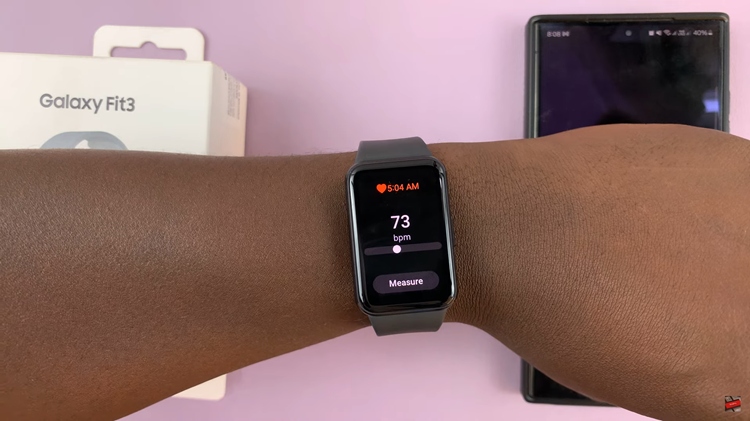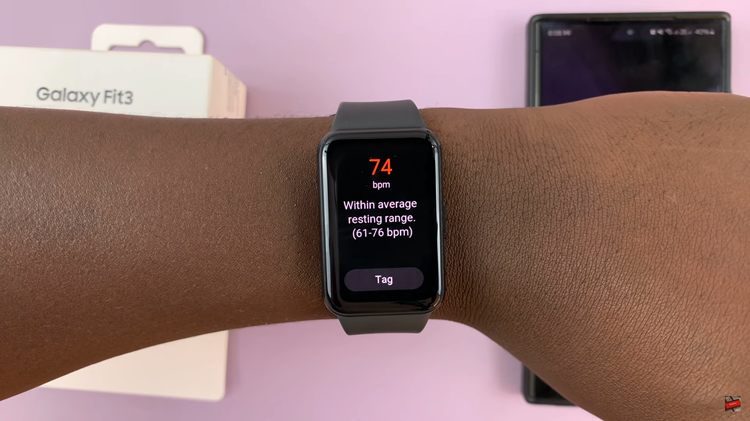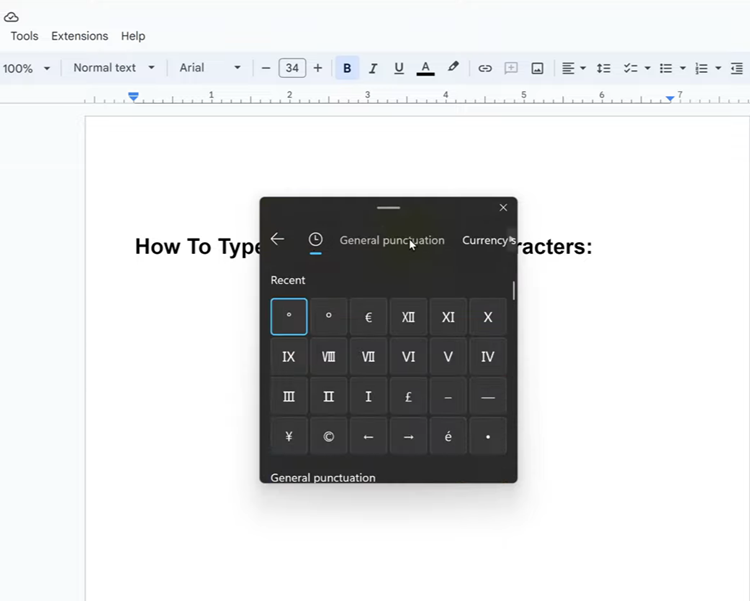Unlocking the potential of your Samsung Galaxy Fit 3 goes beyond its sleek design and vibrant display. Harnessing its full capabilities means diving into its advanced features, like the ability to monitor your heart rate with precision.
In the realm of health and fitness, understanding your heart rate is paramount, serving as a vital indicator of your overall well-being and exercise intensity. Fortunately, with the Galaxy Fit 3 strapped to your wrist, measuring your heart rate becomes a seamless and empowering experience.
This guide will walk you through the steps to measure your heart rate with the Samsung Galaxy Fit 3, ensuring you extract maximum value from this innovative wearable tech.
Watch: How To Enable Automatic Screen Brightness On Samsung Galaxy Fit 3
To Measure Heart Rate With Samsung Galaxy Fit 3
Before you begin, ensure that your Galaxy Fit 3 is securely strapped to your wrist. The device should be snug but not too tight, allowing for optimal heart rate monitoring.
Following this, navigate to the heart rate monitor on your Galaxy Fit 3. Once you’re in the heart rate monitor section, tap on the “Measure” button to begin the heart rate measurement process. The Galaxy Fit 3 will then use its optical heart rate sensor to detect and record your heart rate.

Allow the Galaxy Fit 3 a few moments to capture your heart rate data. You’ll typically see your heart rate displayed on the device’s screen in beats per minute (BPM) once the measurement is complete. Additionally, the Samsung Health app on your smartphone may provide more detailed insights into your heart rate trends over time.

Afterwards, take note of the results and consider how they align with your current activity level and overall well-being. You can track your heart rate data over time to identify patterns, track improvements in your fitness levels, and make informed decisions about your health and exercise routines.
In conclusion, measuring your heart rate with the Samsung Galaxy Fit 3 is a straightforward process that can offer valuable insights into your fitness and health. By following these simple steps, you can accurately monitor your heart rate and use the data to optimize your workouts, track your progress, and make informed decisions about your well-being.

